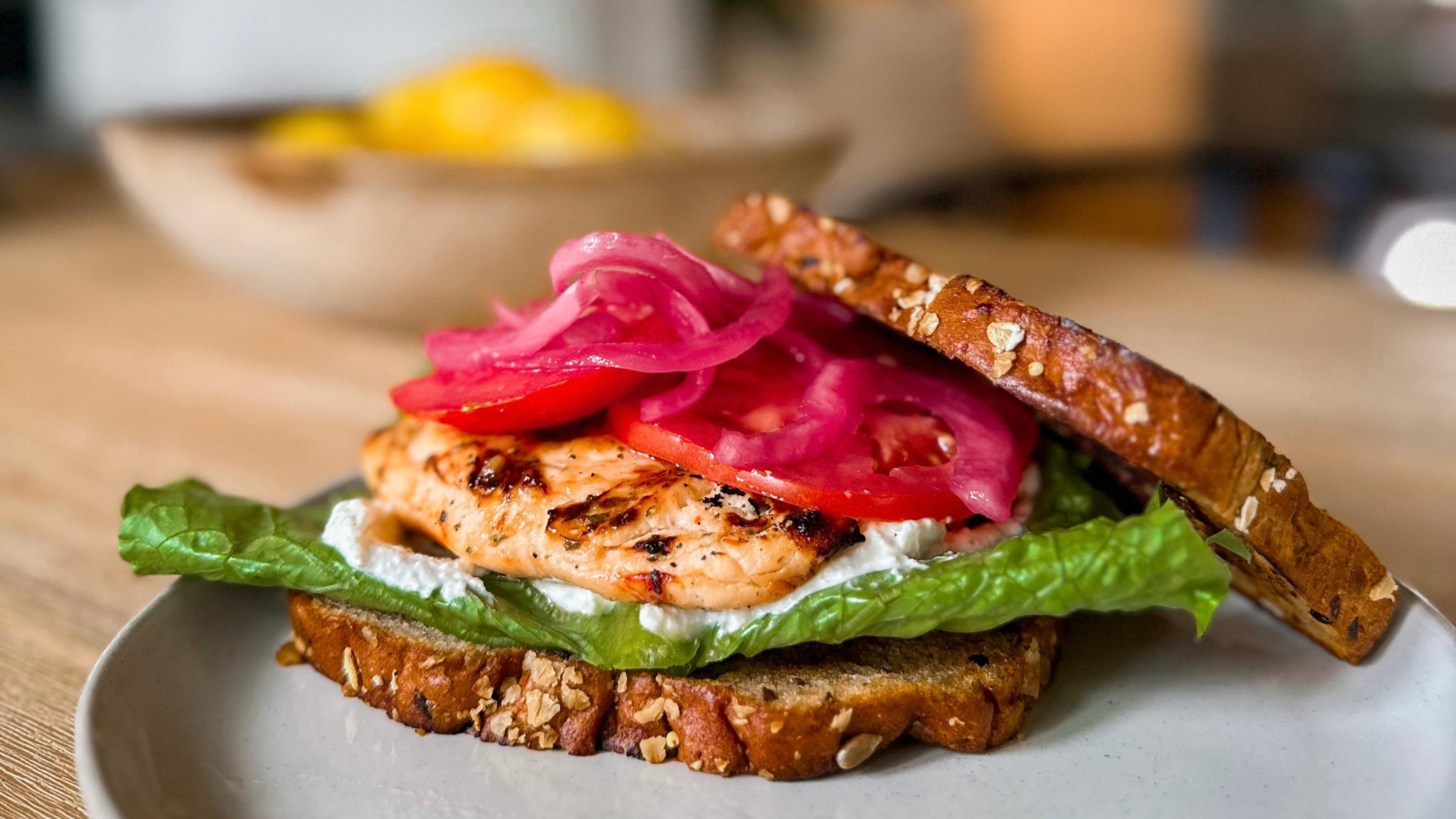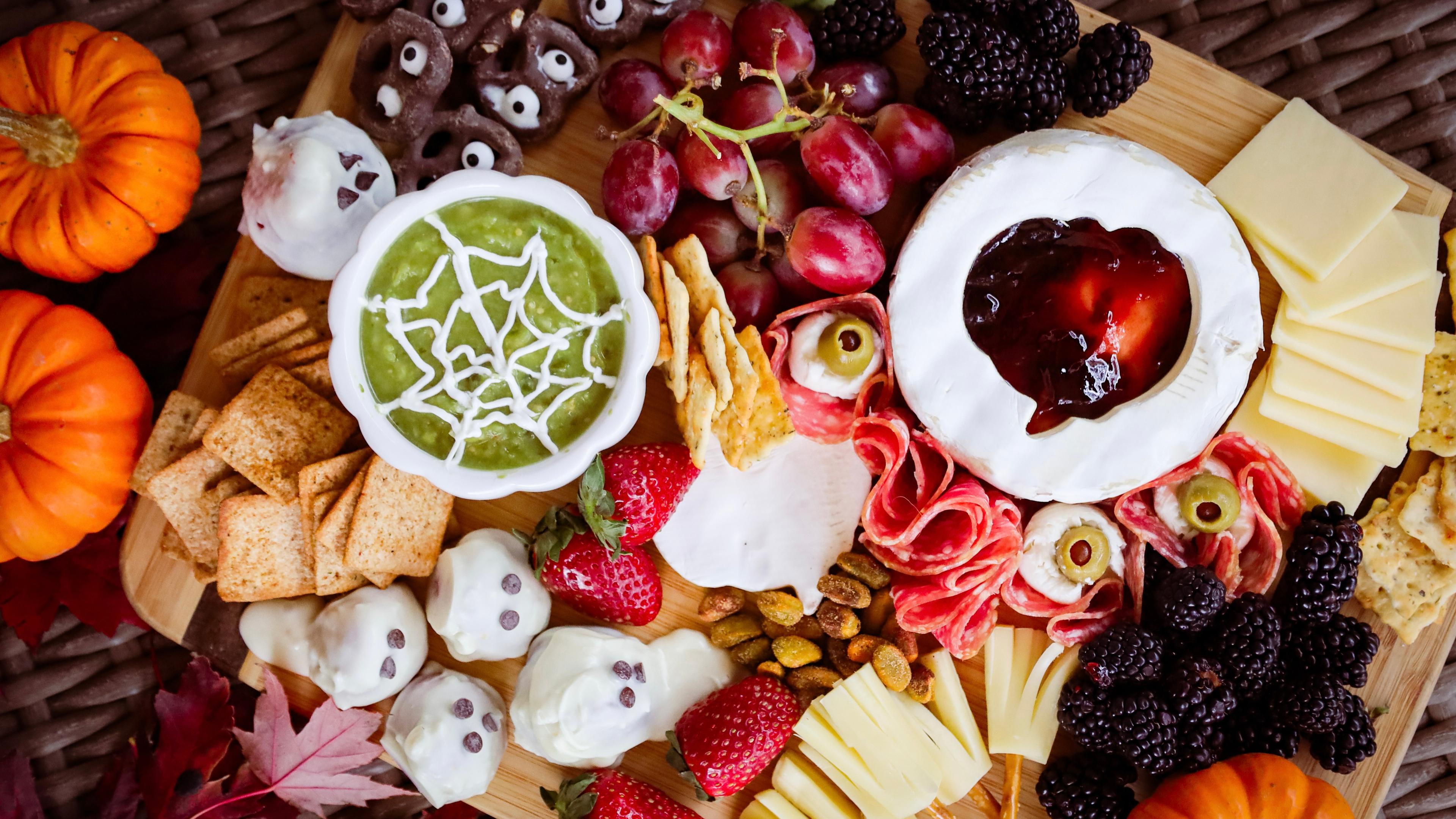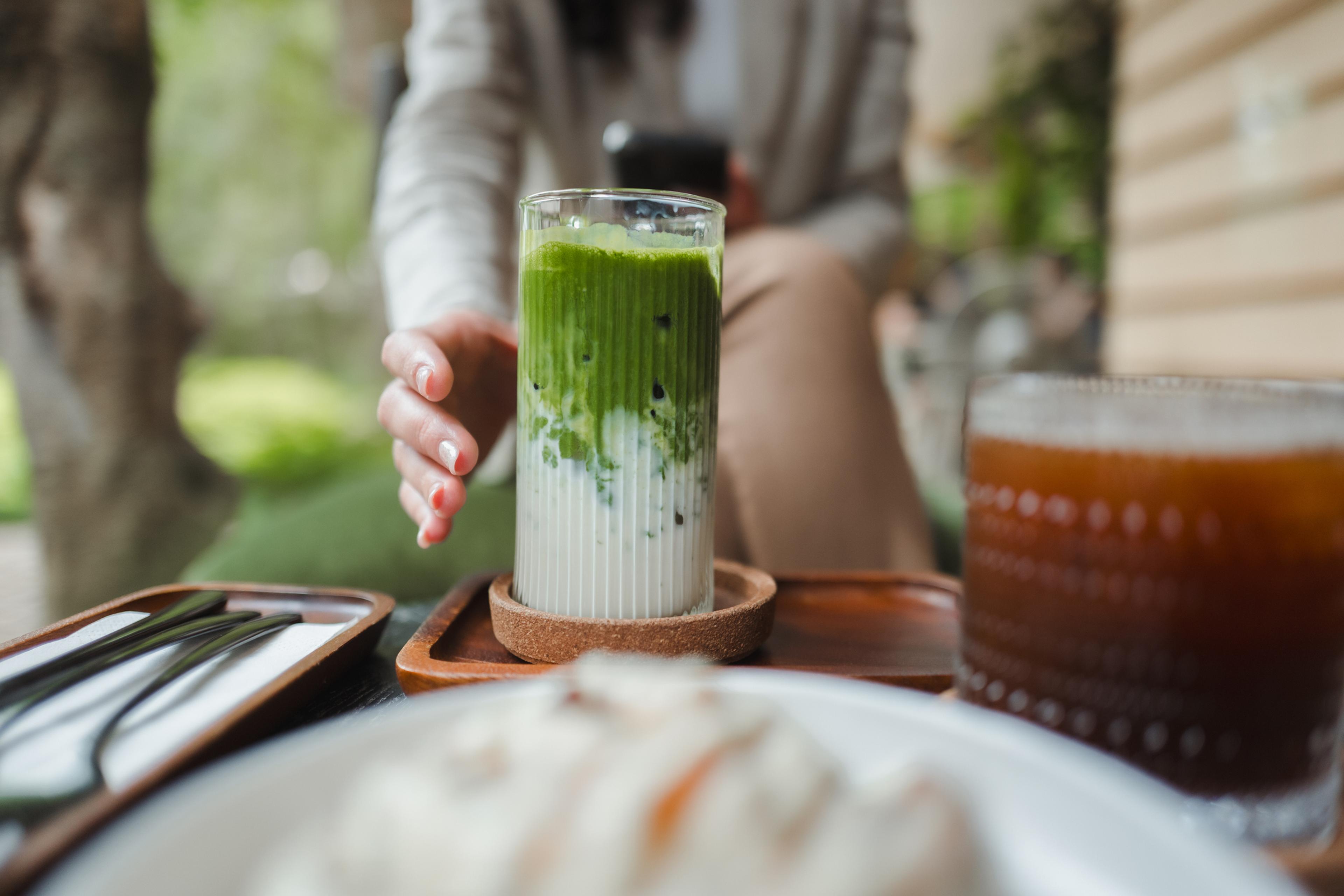Frozen In Time: Increasing the Lifespan of Your Favorite Foods

Julie Bitely
| 2 min read
We’ve all done it: taken food to the freezer and forgotten about it for months on end. Some things thrive in the arctic temperatures while others do not survive at all. The good news, however, is that many of the healthiest foods are actually freezable!
If you buy an overabundance of certain foods and are never able to eat all of them before they go bad, fear not. Refrigerators and freezers can expand the shelf life of many different fresh foods. Here are a few rules of thumb to get you started:
Fruits and Veggies: apples, cantaloupe, peaches, broccoli, carrots, cucumbers, green beans and tomatoes are all good 8-12 months later, if kept in the freezer!
Dairy: Items like milk and yogurt usually last about a month in the freezer, while cheeses and butter can make it up to eight. Eggs, however, are not safe for freezing. Keep them in the fridge and they will last about a month.
Protein: entrees like fish, ham, hamburger and steak can last six months or more in the freezer. Chicken can even be good for up to one year.
Extras: Most condiments are NOT OK to freeze. Ketchup, mayonnaise and even soda are not recommended freezer items. Honey, however, may be the one exception. It is said to never go bad in a cupboard or pantry, refrigerator or freezer. The best place to keep honey is the pantry though, so try sticking to that storage mode whenever possible.
When in doubt, check your freezer every two or three months. That time interval is generally the minimum shelf life for frozen foods. Scoping out your freezer foods at that time will help you pitch what’s bad and determine what’s OK. Don’t forget to mark wrapped foods with the date in permanent marker. Pen marks usually fade in low temperatures and the marking will help you keep an accurate timeline of the food’s lifespan.
What foods do you usually keep in the freezer?
Photo credit: epSos .de





